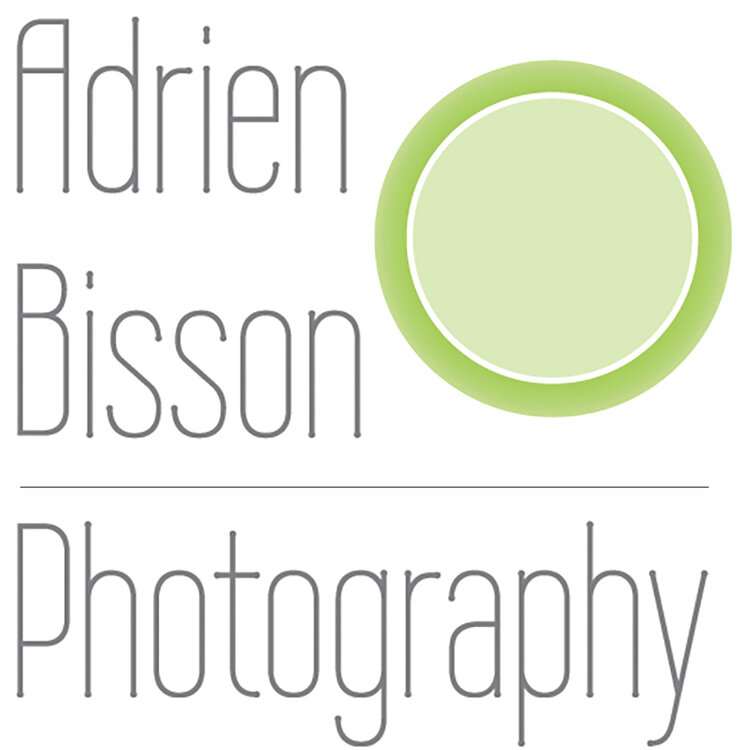Is it a headshot, or is it a portrait? I get a fair number of calls from people looking for a headshot. They are often business people who are told that they need to get a headshot taken for their employer's web site, or they are in business for themselves and they are working with a professional to improve their branding and on-line presence. They are often actors or musicians too, who need a headshot in order to audition. But this "headshot" thing... I think the term is complicit in the dumbing down of the concept in popular perception. If all they needed was a shot of their head, the arm's length iPhone self-portrait would do (or should I call it a self-headshot? Self-inflicted headshot?), as would scanning their driver's license photo, although there may be copyright issues there ;-) Clearly, neither approach would be acceptable to a casting director or a marketing/branding consultant.
The ease with which we can all create digital photographs of exceptional technical quality has made professional photography a difficult pursuit. Consequently, there are many photographers who, out of desperation I think, will be willing to do a $20 headshot. I will not. Art can never be a commodity. Once it becomes a commodity it cedes its place as art. A professional must value himself or herself as an artist.
Now there is nothing in the slightest wrong with a traditional approach to a headshot. In fact, many purposes for what a headshot is used have specific requirements and norms for such shots. That being said, artistry does matter. An artist will fulfill the client's requirements and then go the extra distance to make the session matter. Other artists, such as performers, are easier to convince, but it's often difficult to persuade business people of the value of really great photography, especially when they are the subject. But when you see or think of the best kinds of business branding and marketing, the photography is never mundane or perfunctory. It's extraordinary and special. It's art.
If you have read some of my previous posts you may recognise a couple of these people. Some of these "headshots" were done in the course of doing environmental portraits for them. But these headshots are portraits just the same! They are unique and in each case I have made an attempt to bring out the personality in each individual while creating an esthetically pleasing experience. A photographer who cares and who values his or her work and artistic sensibilities is worth investing in.




























